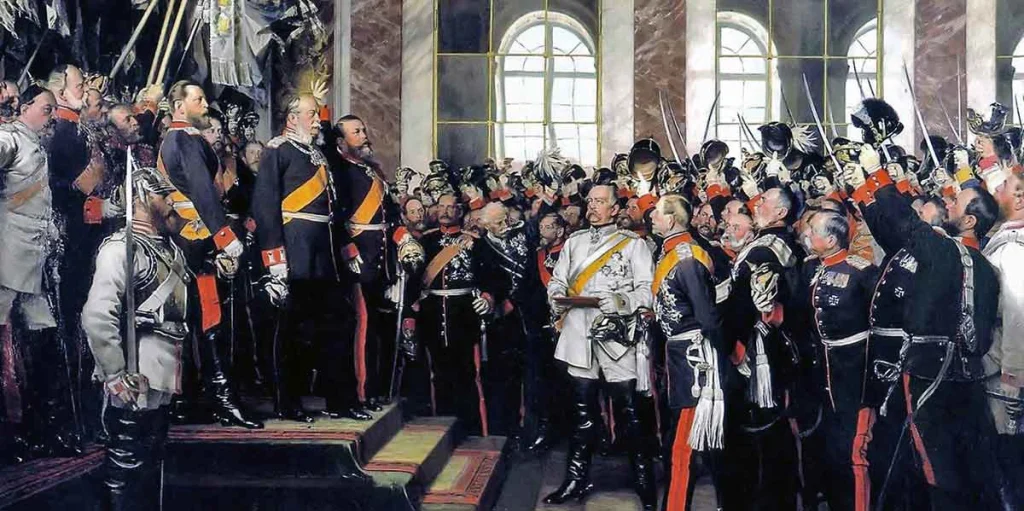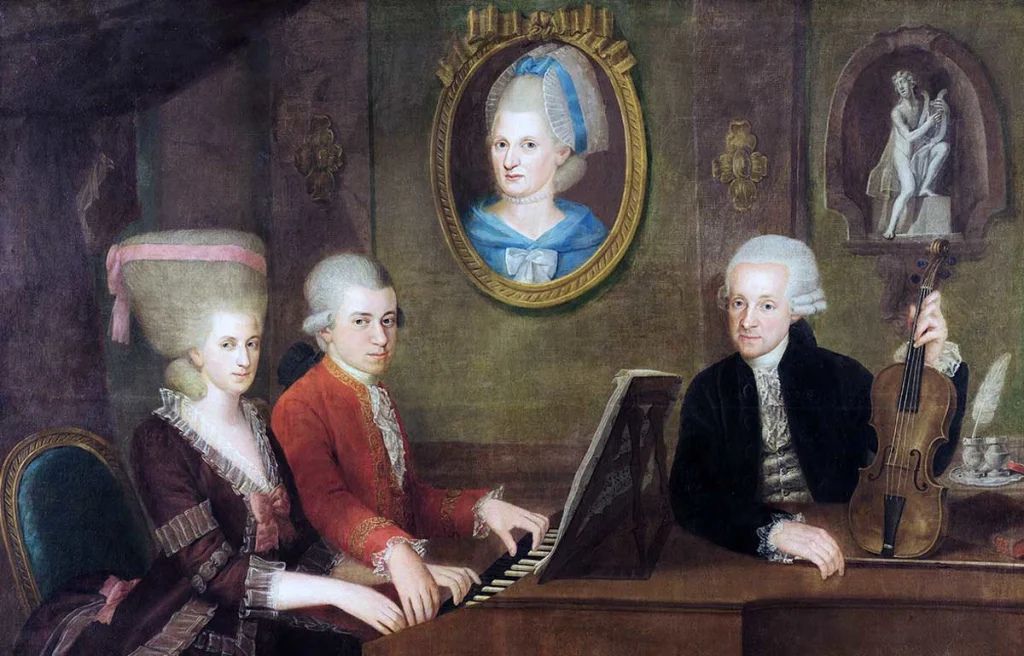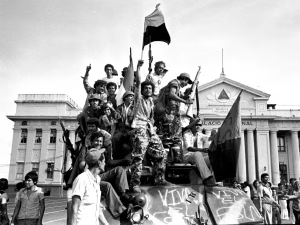To the Romans, his name conjured dread. Parents warned their children: “Hannibal is at the gates.” And for good reason. Hannibal Barca, the Carthaginian commander during the Second Punic War, was one of the most brilliant military minds the ancient world had ever seen—a master of strategy, deception, and audacity.
More than just a general, Hannibal was a phantom, a storm, a genius, who crossed mountains with elephants, outmaneuvered massive Roman legions, and delivered Rome some of the worst defeats in its long history.
🛡 The Grudge That Sparked a War
Carthage and Rome were bitter rivals. After Rome’s victory in the First Punic War (264–241 BCE), Carthage lost valuable territory, warships, and prestige. Hannibal’s father, Hamilcar Barca, made his young son swear an oath: eternal hatred for Rome.
Hannibal never forgot.
When he took command of the Carthaginian army in Iberia (modern Spain), he quickly provoked Rome by besieging the city of Saguntum, a Roman ally. Rome declared war in 218 BCE—and so began the Second Punic War.
But Hannibal had no intention of waiting for the Romans to come to him.
🏔 Over the Alps: A Feat of Legend
In one of the most audacious moves in military history, Hannibal led his army—including 37 war elephants—over the Alps into Italy. The journey was brutal. Snow, rockslides, ambushes, and starvation claimed many lives. By the time he descended into the Po Valley, he had lost nearly half his men.
But what remained was a battle-hardened, fiercely loyal army—and a genius at its helm.
Rome was stunned. No one had expected an invasion from the north.
⚔️ Crushing Victory After Victory
Hannibal didn’t just invade Italy—he dominated it.
📍Battle of the Trebia (218 BCE)
Hannibal lured the Romans across a freezing river into a trap. His cavalry and hidden troops ambushed them from the rear. The Roman army was slaughtered.
📍Battle of Lake Trasimene (217 BCE)
Hannibal executed one of history’s greatest ambushes, hiding thousands of soldiers in the hills beside the lake. As the Romans marched along the narrow path, he struck with perfect timing, pushing many into the lake and killing over 15,000.
Rome was shaken. Panic spread. But worse was yet to come.
🩸 The Carnage of Cannae (216 BCE)
The Roman Senate raised a massive force—nearly 90,000 men, one of the largest armies Rome had ever assembled. The consuls hoped to crush Hannibal with sheer numbers.
At Cannae, in southern Italy, Hannibal faced them with around 50,000 troops. He was outnumbered nearly two to one.
But Hannibal didn’t fear numbers. He understood human behavior, terrain, timing—and the Roman mind.
He formed his line with the weakest troops in the center and his strongest on the flanks. As the Romans pressed forward, his center deliberately gave ground, drawing the Romans into a trap. Meanwhile, his cavalry crushed the Roman horsemen and wheeled around to attack the rear.
By midday, the Roman army was surrounded, trapped, and slaughtered.
Over 50,000 Roman soldiers died in a single day. The battlefield was soaked in blood. It was the worst defeat in Roman military history—a textbook example of encirclement, still studied by generals today.
😱 Rome’s Darkest Hour
The news of Cannae shook the Republic to its core. Rome had lost entire consular armies. Allies began to defect. Panic seized the Senate. Some urged surrender.
But Rome, battered and grieving, did not collapse.
In fact, Rome’s endurance in the face of defeat is one of its most admired traits. The Senate banned public mourning. Slaves were armed. Conscription ages were lowered. And, crucially, Fabius Maximus was given power—not to fight Hannibal head-on, but to delay, harass, and exhaust him in a war of attrition.
🧠 What Made Hannibal Great?
Hannibal wasn’t just lucky or bold. He was brilliant, and his genius showed in many ways:
- Psychological warfare: He studied his enemies, their habits, and fears.
- Deception: He used feigned retreats, hidden ambushes, and trickery with stunning effect.
- Logistics: Marching an army across the Alps wasn’t just brave—it required extraordinary planning.
- Loyalty: Despite being a foreigner in Italy, Hannibal kept his multi-ethnic army (Numidians, Gauls, Iberians) together through loyalty, discipline, and shared victory.
🕰 Why Didn’t Hannibal March on Rome?
It’s one of history’s biggest “what ifs”: Why didn’t Hannibal, after Cannae, march on Rome itself?
Some say he lacked the siege equipment. Others believe his army was exhausted and too far from Carthaginian support. Hannibal, according to some sources, may have hoped Rome would sue for peace.
But Rome did not. And the window for total victory began to close.
More Stories
⚔️ The Roman Response: Turning the Tide
Rome adapted. Under leaders like Scipio Africanus, it took the war to Carthaginian holdings in Spain and Africa. In 204 BCE, Scipio invaded North Africa, forcing Hannibal to return home.
In 202 BCE, the two great generals met at the Battle of Zama.
Scipio had learned from Hannibal—and beat him at his own game. Hannibal was finally defeated. Carthage surrendered. The Second Punic War ended, and Rome’s star rose even higher.
👑 Legacy of a Mastermind
Hannibal would never rule Rome, but he shaped its destiny. His genius forced Rome to change—to reform its armies, rethink its strategies, and harden its will. In trying to destroy Rome, he made it stronger.
Hannibal eventually went into exile. Pursued by Rome across the Mediterranean, he took poison rather than be captured. But his legend endured.
Even centuries later, when Roman generals faced difficulty, they remembered Hannibal. His tactics were studied. His name invoked. His war became a masterclass in strategy, psychology, and resilience.










































